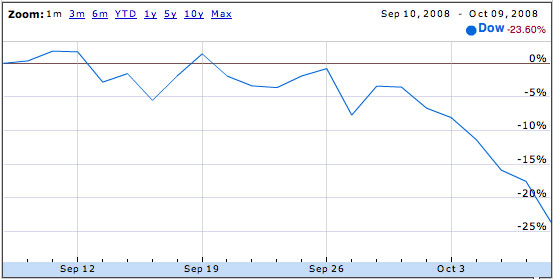There is an endless stream of tragic stories coming out of Haiti right now after the devastating 7.0 earthquake that flattened Port-au-Prince. These ‘mega-tragedies,’ if you will, seem to be happening more frequently than ever before. I’m sure that’s not the case, because tragedy of one kind or another has always followed humanity. But technology has enabled us to see tragedy unfold almost instantaneously, and the result is a magnification of that tragedy. We began to see it with the terrorist attacks of Sept. 11, 2001 and it’s become much more palpable with recent tragedies, from the Southeast Asia tsunami of 2004, Katrina in 2005, the Mumbai terror attacks of 2008, etc.
Updates come instantly, from text-based updates sent out and passed along on Twitter or Facebook to video and pictures that are captured and immediately broadcast. We no longer have to wait for the six o’clock news—or even flip to cable news, like my generation—to see what tragedy has occurred today.
This is an example of technology making tragedy more palpable, more personal, more painful. You can see it in the way we open our pocketbooks and lift up our prayers. With that endless stream of tragedy there’s also an understandable temptation to turn away. It can all be too much.

